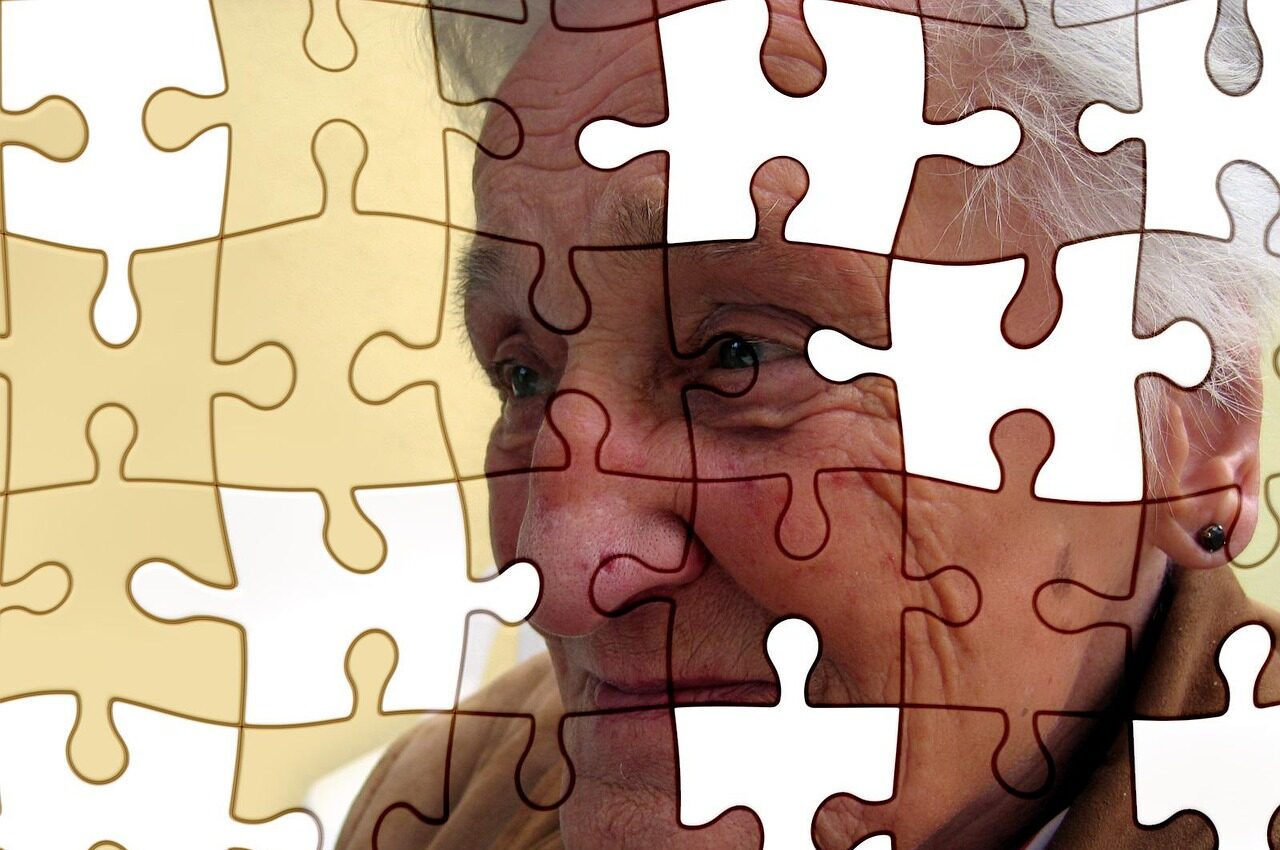By David Heath
In late February 2016, Celina Caesar-Chavannes, then Member of Parliament for Whitby and Prime Minister Justin Trudeau’s parliamentary secretary, was having a mental breakdown. Her friends were so worried that they took her to the emergency department at Sunnybrook Hospital in Toronto, where she registered under the alias of Lisa May.
The doctor on duty informed her that she needed to be admitted but no beds were available.
Great, I thought! Here was a person in a mental-health crisis so afraid of the stigma of hospital admission that she used a false name. Here was a person coming up against Canada’s chronically severe mental-health bed shortage that the service I had founded in Kitchener-Waterloo in 1989 – Intensive Home Treatment ( IHT), called the Hazelglen service after its location – was designed to address. Plus, she was in a position of power and influence and could have this model of treatment adopted in Canada by talking it up with “the right people.”
IHT can treat about 30 per cent of patients who would otherwise need admission. In addition, it enables early discharge from hospital for about 40 per cent of patients. It features a multidisciplinary team that makes daily or more frequent visits to patients’ homes, works with their families and social networks and provides the complete range of treatment patients would get in hospital. Literally, psychiatric hospitalization at home. With IHT, Cesar-Chavannes would have avoided the emergency department and received urgently needed treatment in her home.
I had been on a mission to disseminate this model of mental-health care ever since my book, Home Treatment for Acute Mental Disorders: An alternative to hospitalization, was published in 2005, to positive reviews from American psychiatric journals. Anita Everett, the director of the U.S. government’s Substance Abuse and Mental Health Services Administration, even wrote the forward.
I founded Hazelglen in 1989 as director of the psychiatric ward at Kitchener’s Grand River Hospital, where we had been facing a seemingly insoluble and alarming bed crunch since 1980. The path to a solution arrived fully formed in August 1982, when I read a review of Home and Hospital Psychiatric Treatment, a book by psychiatrist Fred Fenton. It described research carried out in 1978 at Montreal General Hospital in which selected patients in the emergency department needing admission were randomly assigned either to hospital treatment or IHT. Results showed that for many patients, IHT was as effective and safe as hospital treatment as well as cheaper and preferred by patients and families.
The first move in my mission was an interview at the Ontario Ministry of Health (MOH). Kitchener Member of Provincial Parliament John Milloy promised to arrange one. Six months later, telephone messages from his aides reassuring me they were working on it ceased.
My letters to the MOH received bureaucratic non-answers. I tracked down the MOH’s senior mental-health planner but she had no idea how IHT could be adopted in Ontario.
My letter to Member of Parliament Andrew Telegdi went unanswered.
The Mental Health Commission of Canada (MHCC) “leads the development and dissemination of innovative programs and tools to support the mental health and wellness of Canadians,” that “should be recovery oriented by upholding the principle of least intrusive interventions,” i.e., avoid hospital admission All the more surprising then that my letters to the commission went unanswered. Consequently, I wrote to its founder, Senator Michael Kirby, in February 2011 but never received a reply.
Shortly after this, at an MHCC presentation to psychiatrists, I asked how or whom I should contact about IHT. The presenter clearly had no idea, prompting others in the audience to remind her she hadn’t answered my question.
Hospitals would be pleased to hear about IHT, I thought. It would reduce pressure on their emergency departments and on mental-health beds. In September 2010, I arranged a conference call with the director of finance and research and two policy staff of the Ontario Hospital Association. They did not know how to introduce IHT into hospitals.
After encountering other roadblocks, I was thrilled to meet with Caesar-Chavannes at her Whitby office on Dec. 19, 2016, a meeting that coincided with Federal Minister of Health Jane Philpott’s negotiations with the provinces to earmark some transfer monies for mental health. Caesar-Chavannes agreed to have her aide communicate with Philpott’s people, noting the mental-health bed shortage was nationwide.
Several years later, the current shenanigans between provinces and Ottawa make my efforts now look naive and quixotic.
When I started Hazelglen, there were scattered IHT teams in the United Kingdom, where it is called Crisis Resolution and Home Treatment (CRHT), and a few in the U.S. and Australia. In 2001, the U.K.’s National Health Service developed a plan to create IHT teams throughout the country – 330 in total, making IHT one of its major planks in mental-health policy. Many countries have followed suit, using the CRHT model as the template for policy development, including Ireland, Australia, New Zealand, Norway, Belgium, Germany, the Netherlands, Greece, Spain and Switzerland.
Treatment by a CRHT team is now the default disposition – ahead of hospitalization – for three acute severe mental disorders, according to guidelines of the UK’s National Institute for Care and Clinical Excellence (NICE), an independent body that reviews the research and makes recommendations in the management and treatment of all clinical conditions. These guidelines are widely respected internationally.
For acute schizophrenia and psychosis, acute bipolar disorder and acute severe depression with suicidal thoughts, NICE guidelines recommend CRHT should first be considered before admitting a patient to hospital.
Mental health patients can wait for days in emergency departments for a bed.
Illustrating the sea change in the recommended balance between community care and hospital care in clinical decision making are the June 2022 NICE Guideline for Severe Depression:
1.16.11: Consider Crisis Resolution and Home Treatment for people with more severe depression who are at significant risk of
- Suicide, in particular for those who live alone
- Self-harm
- Harm to others
- Self-neglect.
And 1.16.13: Consider inpatient treatment for people with more severe depression who cannot be adequately supported by a CRHT team.
Canadian Schizophrenia Guidelines have adopted the NICE guideline and two provinces have adopted IHT to a limited degree: B.C. and Quebec. A team in Quebec City treats only actively psychotic patients and has been featured in a Radio-Canada program. There are two other IHT teams in Montreal.
B.C.’s adoption is an illustration of how innovation does or does not get disseminated in Canada. In 1997, Don Wasylenki, a psychiatrist in Toronto, created the Home Treatment Program for Acute Psychosis to serve the 400 severely ill patients in a continuing-care service, 80 per cent of whom suffered from schizophrenia, schizoaffective disorder or paranoid disorder. Whenever these patients deteriorated to the point of needing hospital admission, they were given the choice of home-based treatment or hospital admission. None chose the hospital.
Details of the service were presented to senior personnel in the Ontario MOH, and to senior management and medical directors of 10 provincial psychiatric hospitals. Workshops were delivered at five sites.
However, these systematic efforts to disseminate the IHT model came to naught. On the other hand, the initiative of one person 5,000 kilometres and four provinces away in Victoria, B.C., was successful. Elizabeth Howey, a clinical nurse specialist in Victoria, initiated a pilot IHT service, the first of five such services in the province based on Wasylenki’s research. Ironically, Wasylenki’s own service did not survive in Ontario.
So, what are the current most important challenges in the mental-health system that IHT could address?
Firstly, the mental-health bed shortage. Mental health patients can wait for days in emergency departments for a bed. During the pandemic, psychiatric patients often formed the largest group of patients in emergency departments, says Eddy Lang, head of the Department of Emergency Medicine at the Cumming School of Medicine in Calgary. Patients often get sicker in the emergency department and can go through cycles of agitation punctuated by the need for sedation and, sometimes, physical restraint.
Secondly, the lack of timely, adequate follow-up after discharge. Two thirds of patients don’t see a psychiatrist within one month of discharge. That period can pose substantial risks of serious and even life-threatening adverse outcomes such as suicide. Under IHT, teams stay involved until patients are discharged to a follow-up service.
Thirdly, some patients are particularly ill-suited to a psychiatric ward. Recent immigrants and refugees who speak little English; Indigenous people; patients with post-partum disorders; developmentally disabled individuals; first episode psychosis patients; those who are homeless; frail elderly patients. It can be quite a list.
The difficulty in disseminating IHT is a perfect example of “Medicare’s arrested development,” as described by the Advisory Panel on Healthcare Innovation, commissioned by former federal Health Minister Rona Ambrose and chaired by David Naylor.
Two things stood out in Naylor’s report: the risk-averse culture of Canadian health care and the NIH (Not Invented Here) syndrome.
NIH was illustrated in a phone call I had with a psychiatrist regarding a plan to create an acute day hospital program to divert some patients away from hospitalization to alleviate pressure on beds. Since many severely ill patients would be unable to attend a day program, why not plan an IHT service instead, I asked?
“I worked extensively in a CRHT service in England before I emigrated to Canada five years ago,” the psychiatrist said and explained that the department head dismissed the idea with the comment: “Oh, that’s one of those British-Australian things.”
Canadians are ill-served by their mental-health system. They cannot access mental-health beds. They are admitted unnecessarily. They are kept in hospital too long.
We must give them safe, effective options like IHT if we are to meet their needs appropriately.
![]()
—
This post was previously published on HEALTHYDEBATE.CA and is republished under a Creative Commons license.
***
You may also like these posts on The Good Men Project:
 Escape the Act Like a Man Box
Escape the Act Like a Man Box  What We Talk About When We Talk About Men
What We Talk About When We Talk About Men  Why I Don’t Want to Talk About Race
Why I Don’t Want to Talk About Race  The First Myth of the Patriarchy: The Acorn on the Pillow
The First Myth of the Patriarchy: The Acorn on the Pillow Join The Good Men Project as a Premium Member today.
All Premium Members get to view The Good Men Project with NO ADS.
A $50 annual membership gives you an all access pass. You can be a part of every call, group, class and community.
A $25 annual membership gives you access to one class, one Social Interest group and our online communities.
A $12 annual membership gives you access to our Friday calls with the publisher, our online community.
Register New Account
Log in if you wish to renew an existing subscription.
Username
First Name
Last Name
Password
Password Again
Choose your subscription level
- Yearly - $50.00 - 1 Year
- Monthly - $6.99 - 1 Month
Credit / Debit Card PayPal Choose Your Payment Method
Auto Renew
Subscribe to The Good Men Project Daily Newsletter By completing this registration form, you are also agreeing to our Terms of Service which can be found here.Need more info? A complete list of benefits is here.
—
Photo credit: iStock.com
The post Surely, the Time Has Come for Psychiatric Hospitalization at Home. What’s Holding Us Back? appeared first on The Good Men Project.
Original Article










